The ‘Polish Versailles’ is just one of the many fitting monikers applied to this splendid late 17th-century palace which can be found in the Warsaw district of Wilanów, 10 kilometres south of the city centre. Essential visiting for all who come to soak up the capital’s lavish culture and wish to understand a little more about ancient Poland, Wilanów is more than just a palace – it represents an era from which much has been lost. The palace, park and surrounding ensemble of buildings represent the height of Polish Baroque and this is one of Poland’s greatest national treasures. The sprawling 45-hectare setting is also full of things to do, including renting a rowboat on the palace’s lake. If the weather’s good and you’ve got time to spare, it’s easy to spend an entire and thoroughly rewarding day here.
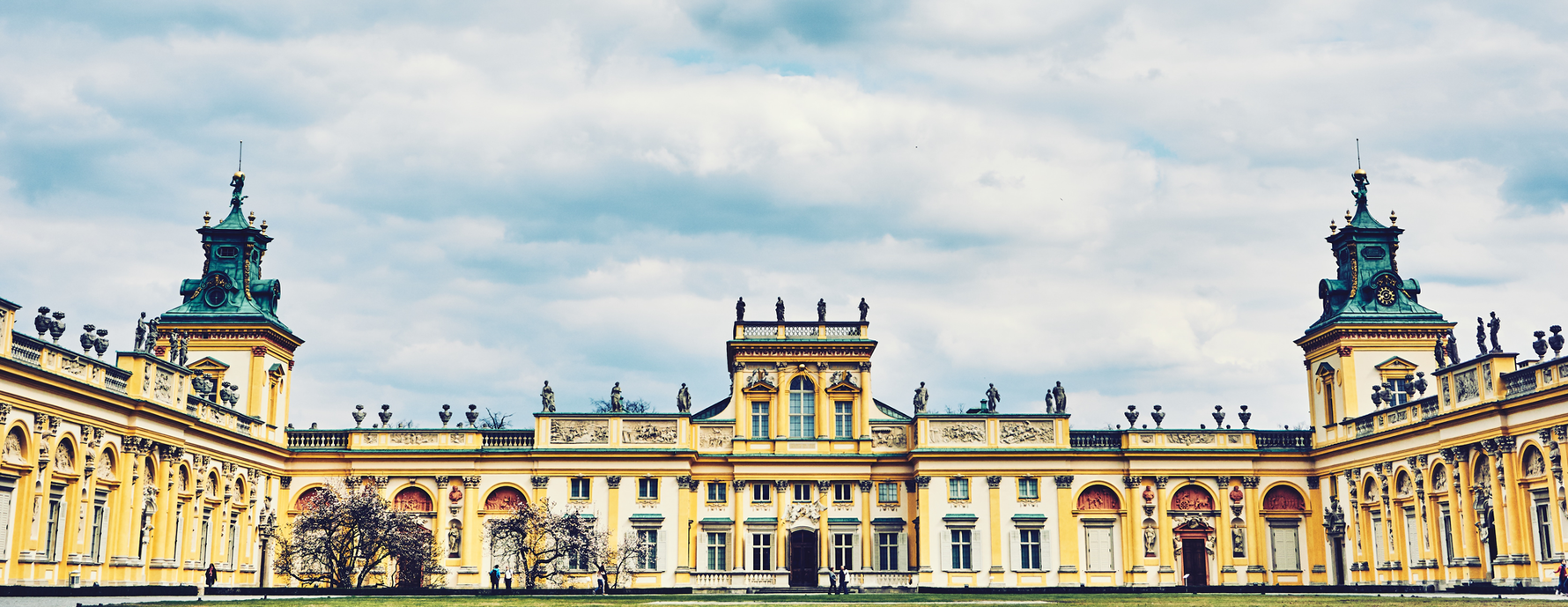
History
Wilanów gets its name from the Warsaw borough in which Wilanów Palace is located. First mentioned in the 13th century as Milanów, the then tiny village changed hands several times before being bought in the 17th century by the family of Stanisław Leszczyński. Leszczyński began building a palace here, but the project was halted by the Deluge and the subsequent capture and plundering of the region by the Swedes. In 1676 the abandoned Milanów was bought by King Jan III Sobieski looking for a country retreat away from Warsaw, and he ordered a new palace to be built on the site. Originally called 'Villa Nova' (New Village), the name was soon polonised to the one it’s known by today. A brick manor house was built in 1680, expanding in two stages into a palace during the years 1681-1696 under the supervision of Agostino Locci to his own design. It is within the central part of the palace where you will see the living quarters of King Jan III Sobieski and his French queen consort, Marie (or Marysieńka as she was affectionately called by Sobieski and still is by Poles today), in what is the original part of the palace.
After Jan III Sobieski’s death in 1696, his widow returned to France and the palace, through their sons, became the property of Elżbieta Sieniawska. She continued to develop the palace, most notably the two wings which were built in the years 1720-1729. Sieniawska, like many of the subsequent owners, honoured Sobieski by conserving much of the palace in memory of the victorious king. It was to become a royal residence again in the early 1730s during the reign of August II the Strong. Over the next two hundred years the palace became the property of a succession of the most important Polish families including the Czartoryskis, Lubomirskis, Potockis and Branickis, and each left their mark as they expanded and developed the property. One of its most enlightened residents was Stanislaw Kostka Potocki who in the early 19th century, at a time when Poland as a country ceased to exist because of the Russian/Prussian/Austrian partition, made his collection of art and access to the royal apartments of King Jan III Sobieski available to the public. Keep an eye out for the words ‘Cunctis patet ingressus’ on the palace floor signifying that the palace and its collection were ‘open to all.’
The palace avoided the fate of the city of Warsaw and survived the war virtually intact, though its collections were seriously looted. Confiscated by Poland’s post-war Communist government, Wilanów became part of the National Museum in Warsaw and was painstakingly renovated during the 1950s and early 1960s, opening its doors to the public again in 1962. Today it is the subject of a 32 million złoty revitalisation program which is overseeing conservation work in the royal apartments and archaeological research of the area. The gardens have also recently been restored to the splendour they enjoyed during Jan III Sobieski’s time.
Getting to Wilanów
Located about 10km south of the city centre, the Palace and Gardens at Wilanów are best reached by bus or taxi. The city's metro system does run to a stop called 'Wilanowska' but this is about 5km from the palace and will involve taking a bus from outside of the station. All buses stop directly outside the palace gates at the 'Wilanów' stop.BY BUS
From the Old Town/Plac Zamkowy/Nowy Świat:
Take buses 116 or 180; journey takes about 35 minutes.
From Pl. Trzech Krzyży:
Take buses 116, 180 or E-2; journey takes about 25 minutes. The bus stops can be found at the southern end of the square on Al. Ujazdowskie.
From the City Centre:
Take bus 519 from the 'Metro Politechnika' stop on ul. Marszałkowska.
From Warszawa Centralna train station:
Take bus 519 or 200 from the southbound stop on ul. Chałubińskiego; journey takes about 30 minutes.
From Metro Wilanowska Bus Station:
Take buses 139, 200 or 251.
BY TAXI
Costing 35-40zł with a recommended company such as Glob Cab Taxi (+48) 666 00 96 68), Sawa Taxi (+48 22 644 44 44) or ELE Taxi (+48 22 811 11 11), a taxi ride to Wilanów is something of a false economy, taking more or less the same time as the bus to get there.


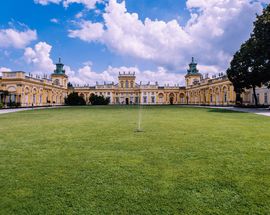
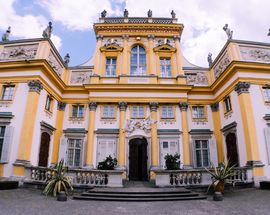
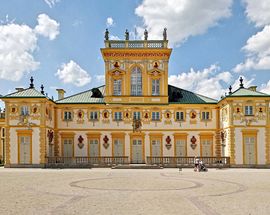
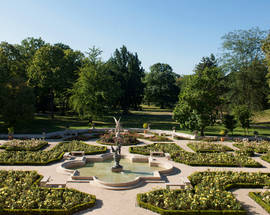
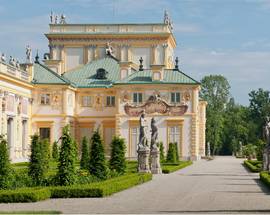
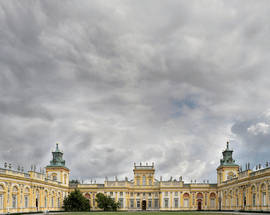
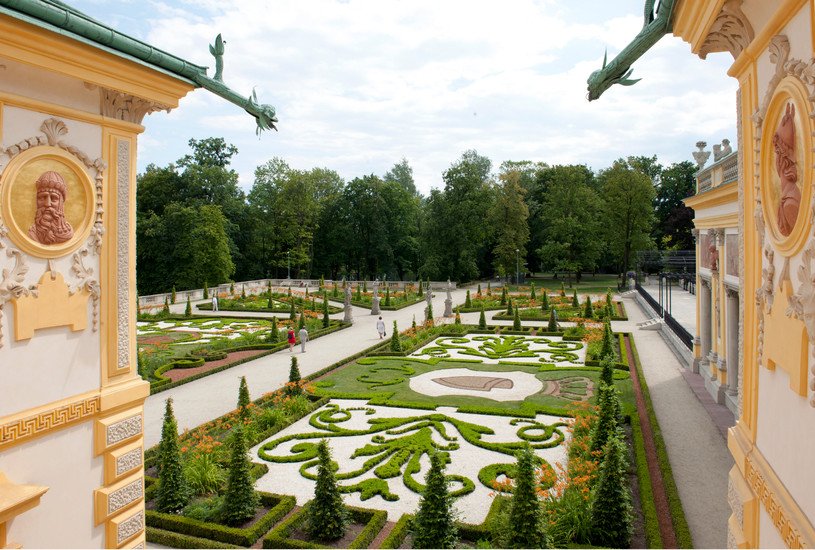

Comments